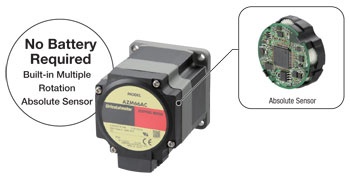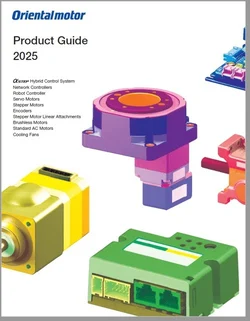Table of Content:
- What are the Advantages of Electric Actuators for Packaging Machinery?
- Introducing Electric Actuators from the AlphaStep AZ Series product family
- Takeaway
What are the Advantages of Electric Actuators for Packaging Machinery?
The biggest difference between pneumatic actuators and electric actuators is the the source of power. Pneumatic actuators are powered by air, so there are many components in a pneumatic actuator system that are dedicated to the supply and maintenance of air. With electric actuators, these components are eliminated. The stop accuracy and controllability are vastly improved with electric actuators, so the same system can be used for different strokes or different purposes; while pneumatic actuators are not as flexible due to fixed strokes and/or crude stop accuracy.
- Improve Precision, Controllability, and Flexibility
The precision of positioning and speed control of electric actuators combined with high controllability allows for greater flexibility. The precision comes coupling a servo motor, stepper motor, or brushless motor with a mechanism such as a ball screw or rack and pinion. The controllability comes from the ability to program the motor for different motion profiles. One of the key advantages of electric actuators is their superior controllability. Electric power is also easier to control than air, which enables electric actuators to control distances, speeds, and even torque accurately. This level of control ensures consistent and accurate positioning of products for packaging operations, reducing errors and improving overall machine performance.
Pneumatic actuators do not offer the same stop accuracy and are traditionally limited to fixed strokes and poor accuracy. Electronic control has improved pneumatic actuators over the years, but eletric actuators take up less space, require much less maintenanance, and can perform more tasks.
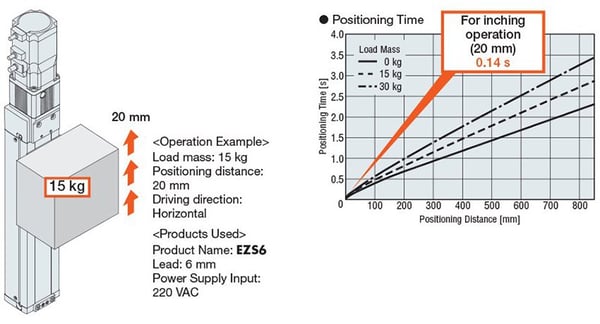
- Eliminate Air Compressor Components
Since pneumatic actuators operate by air, components are needed to ensure a steady supply of air. These components can include check valves, air compressor, regulators, gauges, accumulator, buffer tank, feed lines, and finally, a piston actuator and/or linear guides. These components need to be periodically checked and maintained. In comparison, an electric actuator uses a motor, ball screw, linear guides, nut, motor, driver, cables, and an electric power supply.
The ease of maintenance of electric actuators is particularly beneficial for customers who have cost constraints or limited space. By choosing electric actuators instead of pneumatic actuators, packaging machine designers can simplify their setup and reduce maintenance requirements, resulting in cost savings and increased operational efficiency for their customers.
| Pneumatic Actuator System System Components:
|
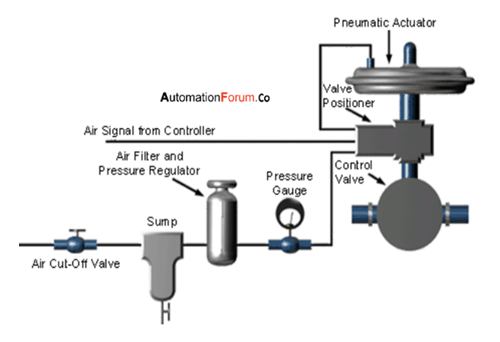 |
| Electric Actuator System System Components:
|
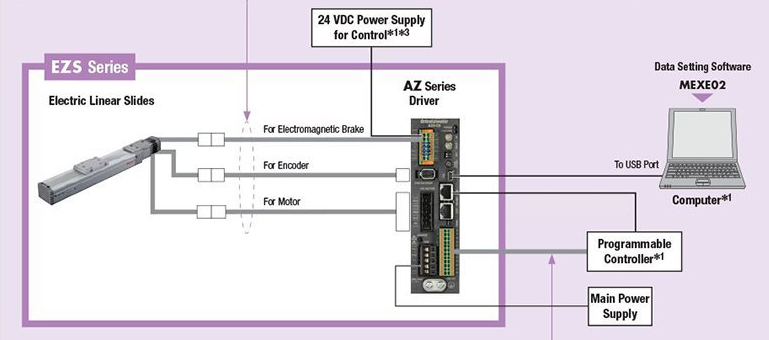 |
- Meet Efficiency and Carbon Emissions Goals
As sustainability becomes a priority for many companies, energy efficiency is a crucial consideration in any machinery, including packaging machinery. Electric actuators offer significant energy-saving advantages over pneumatic actuators. By utilizing advanced motor technologies and smarter control systems, electric actuators consume only the necessary power required for each motion, minimizing wasted energy. This not only helps companies achieve their carbon-neutral objectives but also reduces operating costs in the long run.
Oriental Motor performed a study in 2022 and compared the electrical power consumption and carbon emissions of a pneumatic actuators versus an electric actuator. We have shared our findings below.
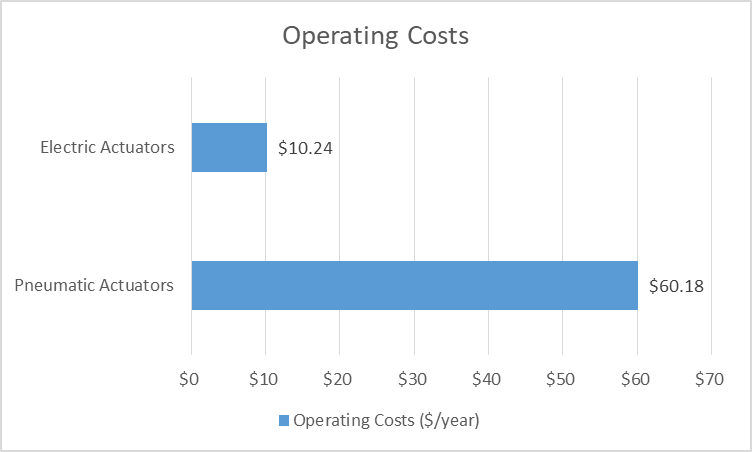 |
 |
Source: Oriental Motor (2022 study)
Operating Conditions
|
|
Introducing Electric Actuators from the AlphaStep AZ Series product family
Linear and rotary actuators from the AlphaStep AZ Series product family are prime examples of electric actuators that excel in the packaging and labeling industry. By combining a closed-loop, battery-less absolute system with an intuitive software, simple operation and precise control can be easily achieved, making them an ideal choice for various types of packaging and labeling machines and robots.
💡 Battery-less Absolute Encoder Technology with Simple Operation
The AZ Series combines the benefits of closed-loop control and battery-less absolute positioning. This ensures accurate and reliable positioning without the need for homing routines or battery backup, which eliminates external sensors along with their costs, wiring, and maintenance. However, no tuning is required, and an intuitive data editing software allows for fast implementations and enables remote data monitoring if necessary.
| External sensors required | No external sensors required |
 |
 |
Motion profile programming is intuitive and does not require ladder logic expertise. By setting up parameters for each motion With simple operation and easy integration into existing systems, the AZ Series simplifies machine setup and maintenance.
In the example below, we show how to program the motion data parameters using the MEXE02 universal programming software, such as amount of movement, speed, and acceleration/deceleration. Once connected by cable, the driver instantly recognizes the actuator and automatically uploads the pitch and the stroke.
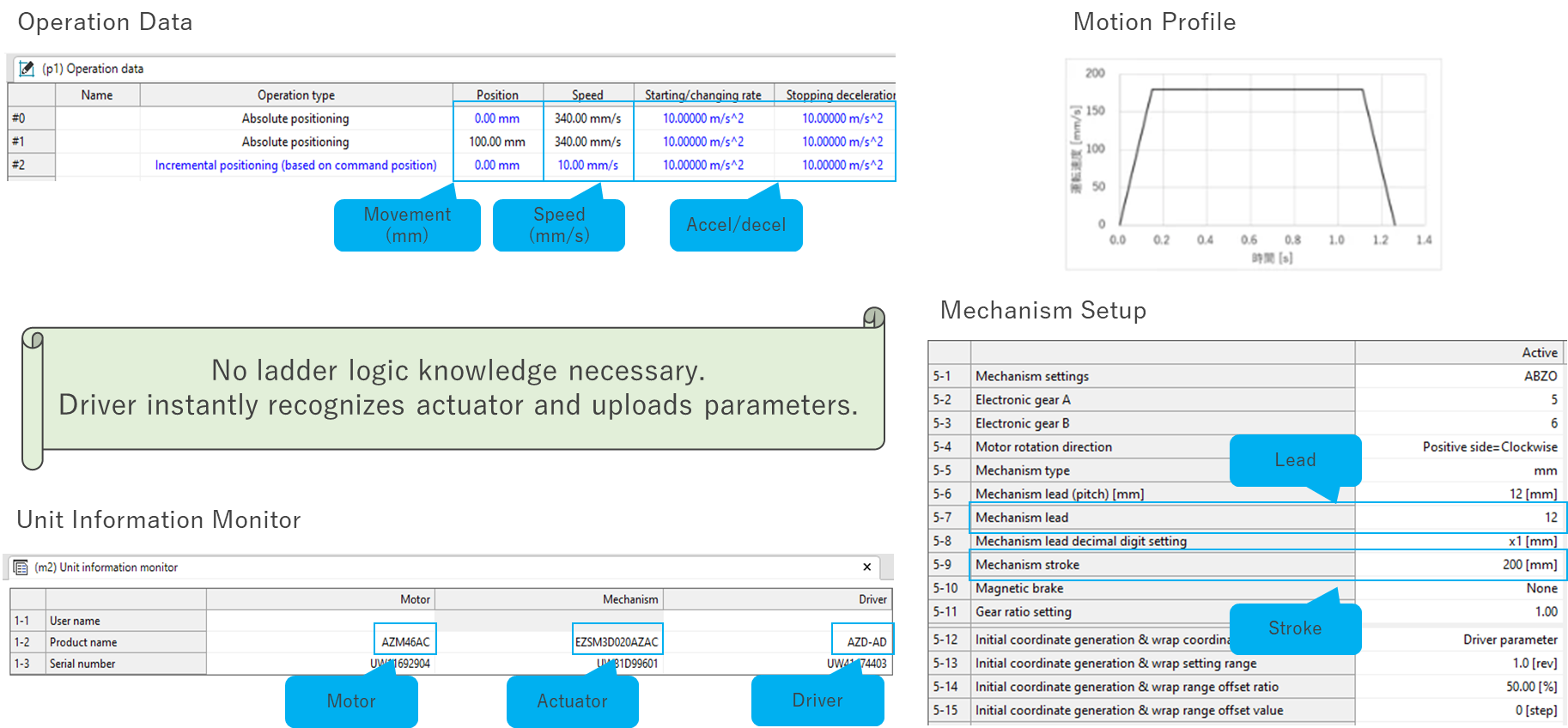
💡 Versatility and Networkability
Oriental Motor provides a diverse lineup of actuators, including linear sliders, rotary tables, and grippers, enabling engineers to choose the most suitable option for their specific packaging applications. The dedicated smart drivers for these linear and rotary actuators can link up to unique 256 motion profiles in various modes and also offer a wide range of industrial network protocols, such as EtherNetIP, EtherCAT, and Profinet, allowing seamless integration with various host controllers, PLCs, HMI, or IPCs.
With multiple network capabilities, users can still use their preferred communication protocol of choice to program motion profiles or monitor system status. In addition, our MEXE02 universal software can also be used to program or monitor.
In the example below, we show a Trip Meter from the Remote Monitor from the MEXE02 universal programming software. Once you establish communication with the host controller, you can output this information from the driver's network outputs for remote monitoring or predictive maintenance.
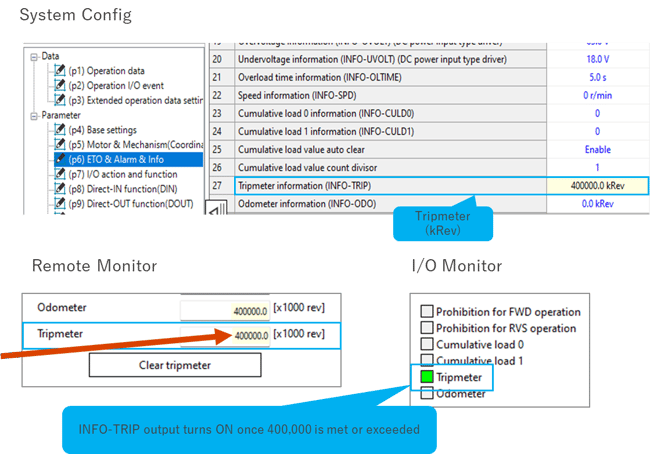
💡 Application Examples
The precision, controllability, and efficiency of AZ Series motors and AZ Series motor-equipped linear and rotary actuators are particularly well-suited for various packaging and labeling applications where precision or repeatability is important, such as sealing, push labeling, and label winding. Its precise control and high-speed capabilities ensure accurate and efficient packaging processes, resulting in improved productivity and reduced downtime.
Here are some application examples:
| XYZ Cartesian Positioning | Part Loading | Push/Pull Operation |
|
|
|
|
|
📓 Takeaway When designing packaging and labeling machines, automation engineers should consider the numerous advantages that electric actuators bring to the table. The controllability, elimination of air compressors, and energy efficiency offered by electric actuators make them an ideal choice for achieving flexibility, cost/space savings, and sustainability goals in the packaging industry. If efficiency is your goal, replacing pneumatic actuators with electric actuators is an obvious step to reduce power consumption. For packaging machinery, the increased controllability may mean that the same electric actuator can be used to pack different products. The lack of additional maintenance components also mean elmination of maintenance and smaller machinery footprint. Contact us for a product consultation for your next packaging or labelnig project! Linear and rotary actuators from the AlphaStep AZ Series product family combine precision design with patented closed-loop hybrid control technology and present an alternative between stepper motors and servo motors. The system switches instantaneously between open and closed-loop control and enhances stepper motor performance by eliminating missed steps. Furthermore, these linear and rotary actuators are recommended for low-to-mid-range speed and torque requirements where servo motors are overkill. To learn more about the differences between pneumatic actuators and electric actuators, please read another article, "Pneumatic Actuators vs. Electric Actuators: Which is Better?" |
